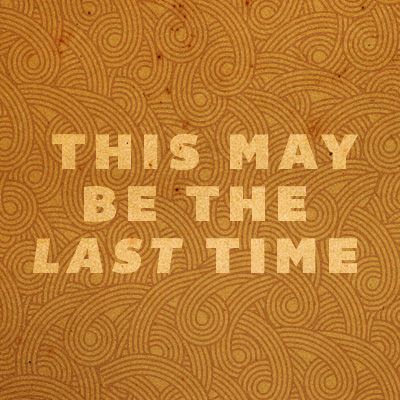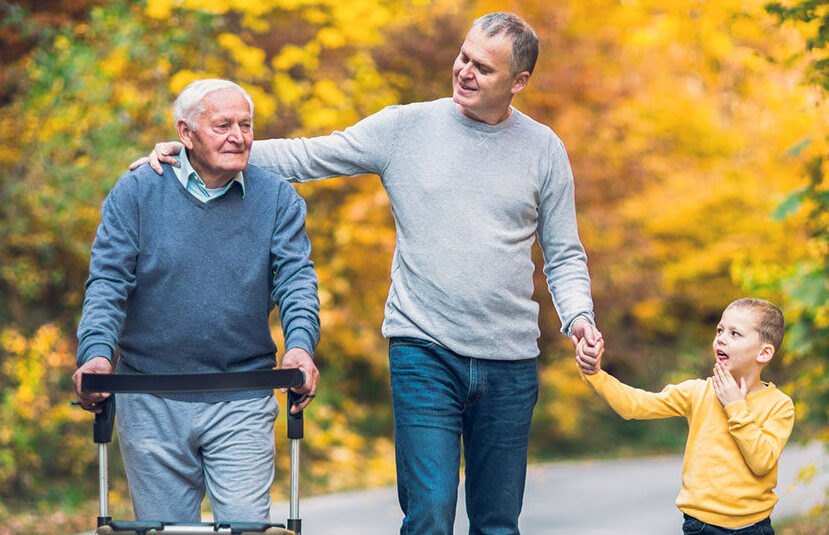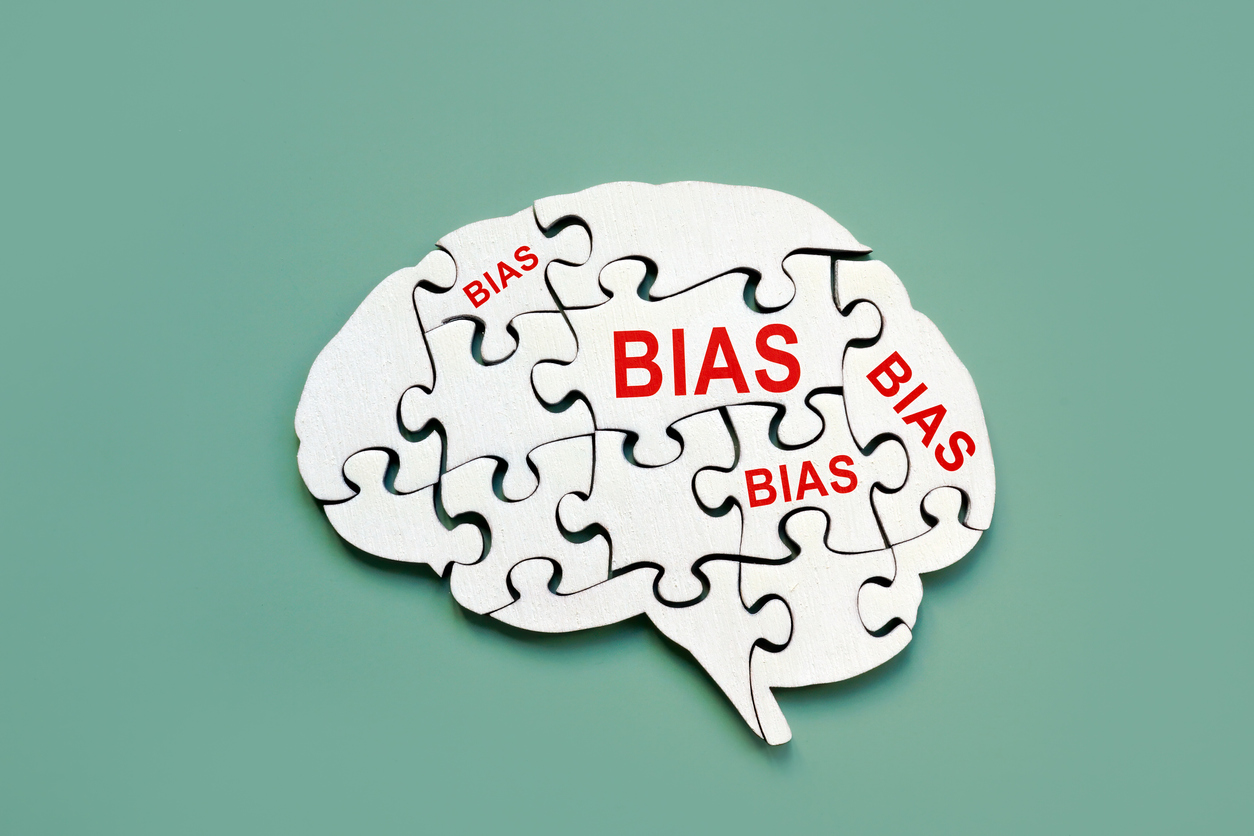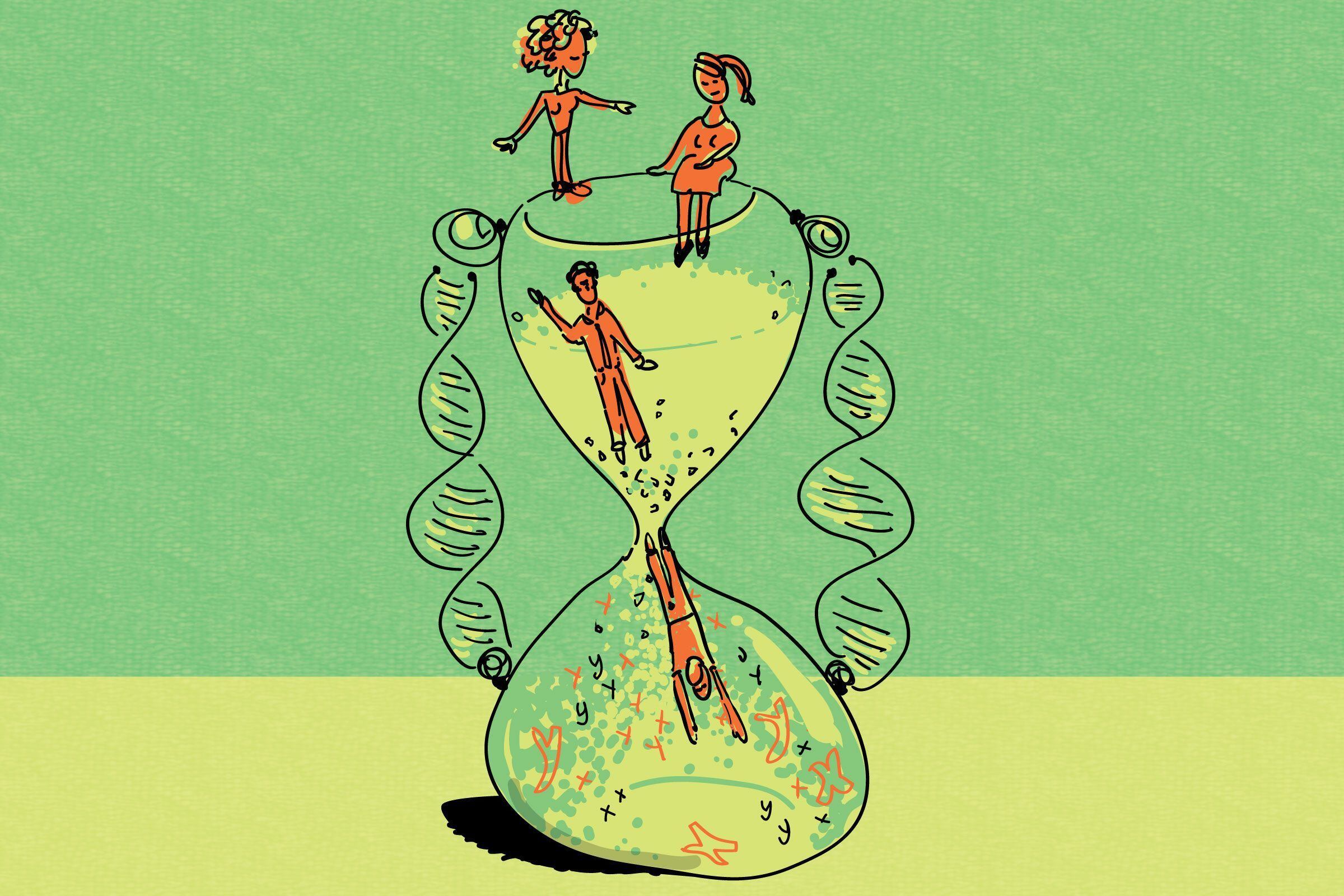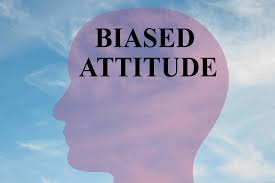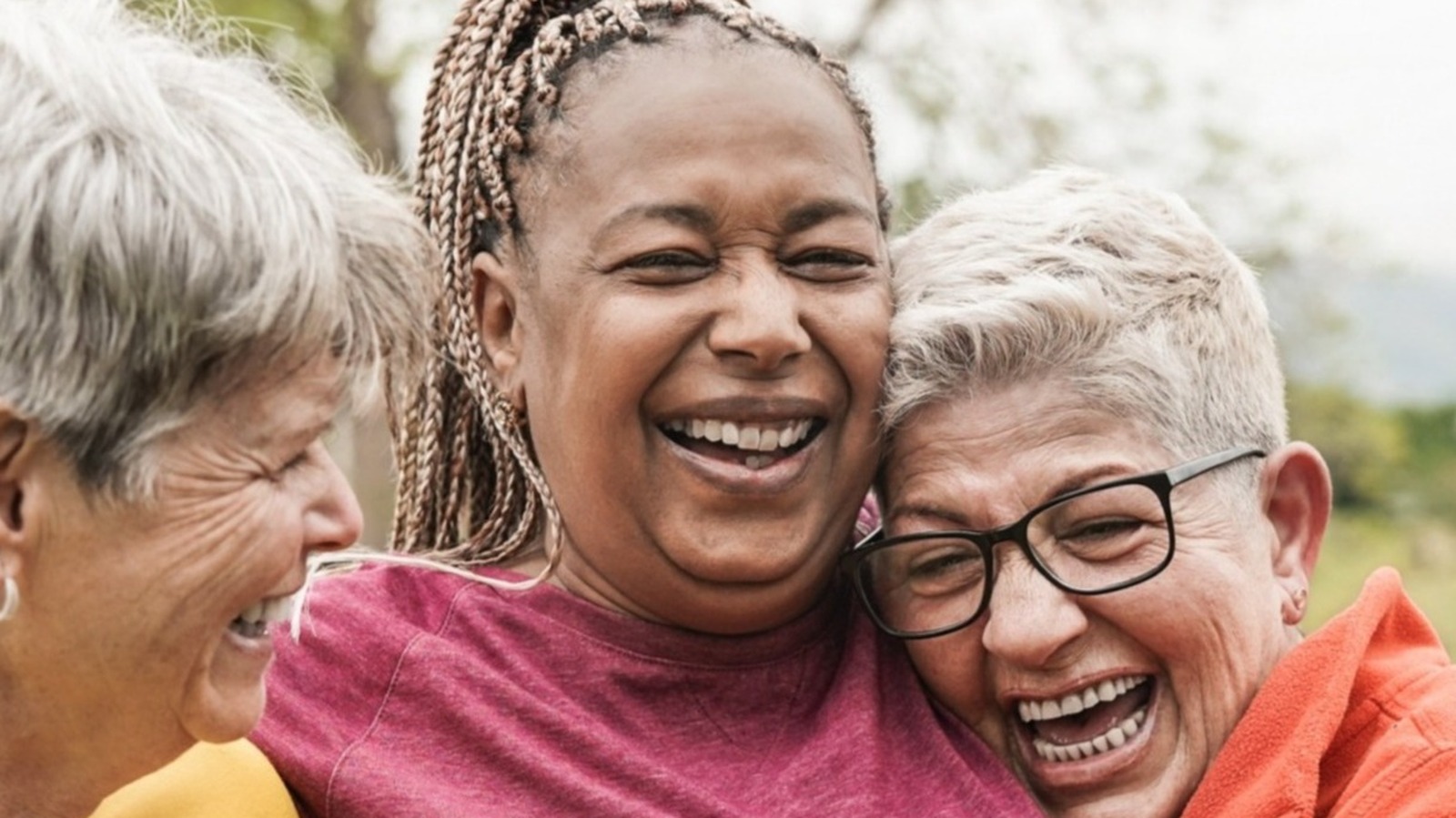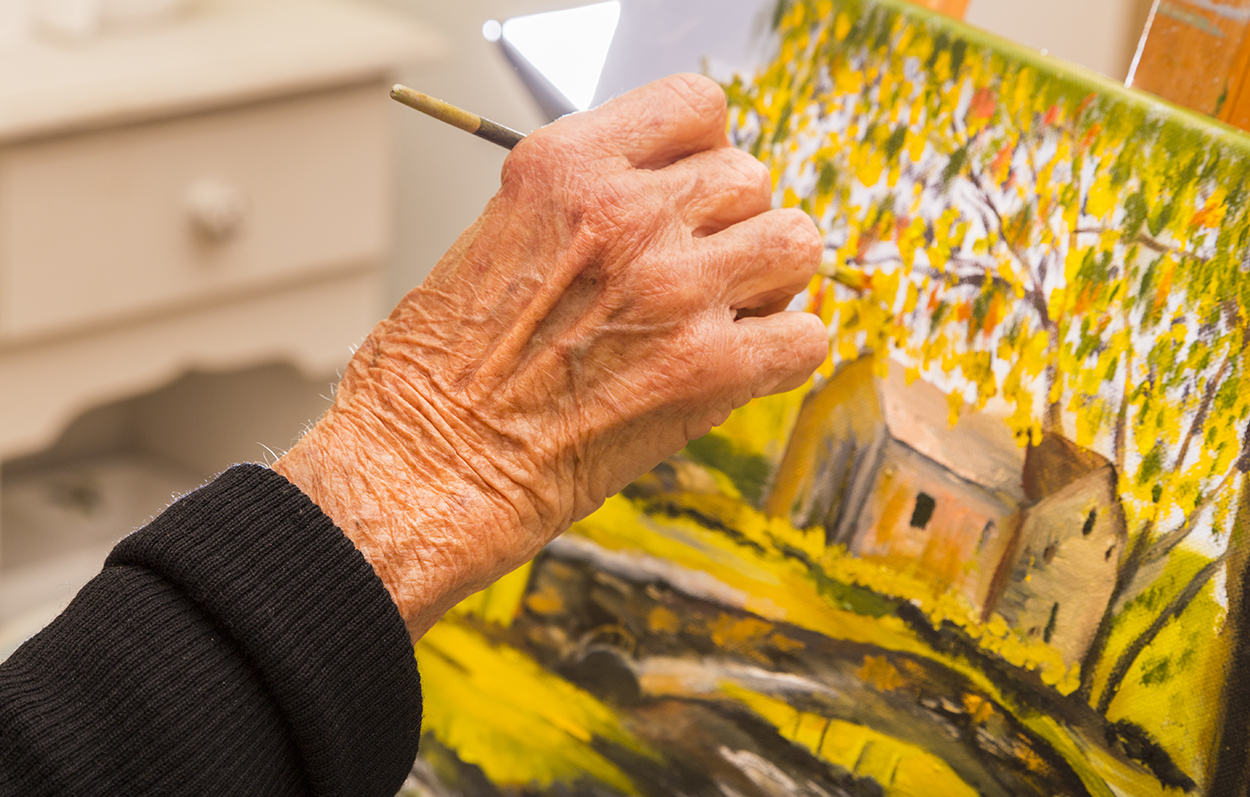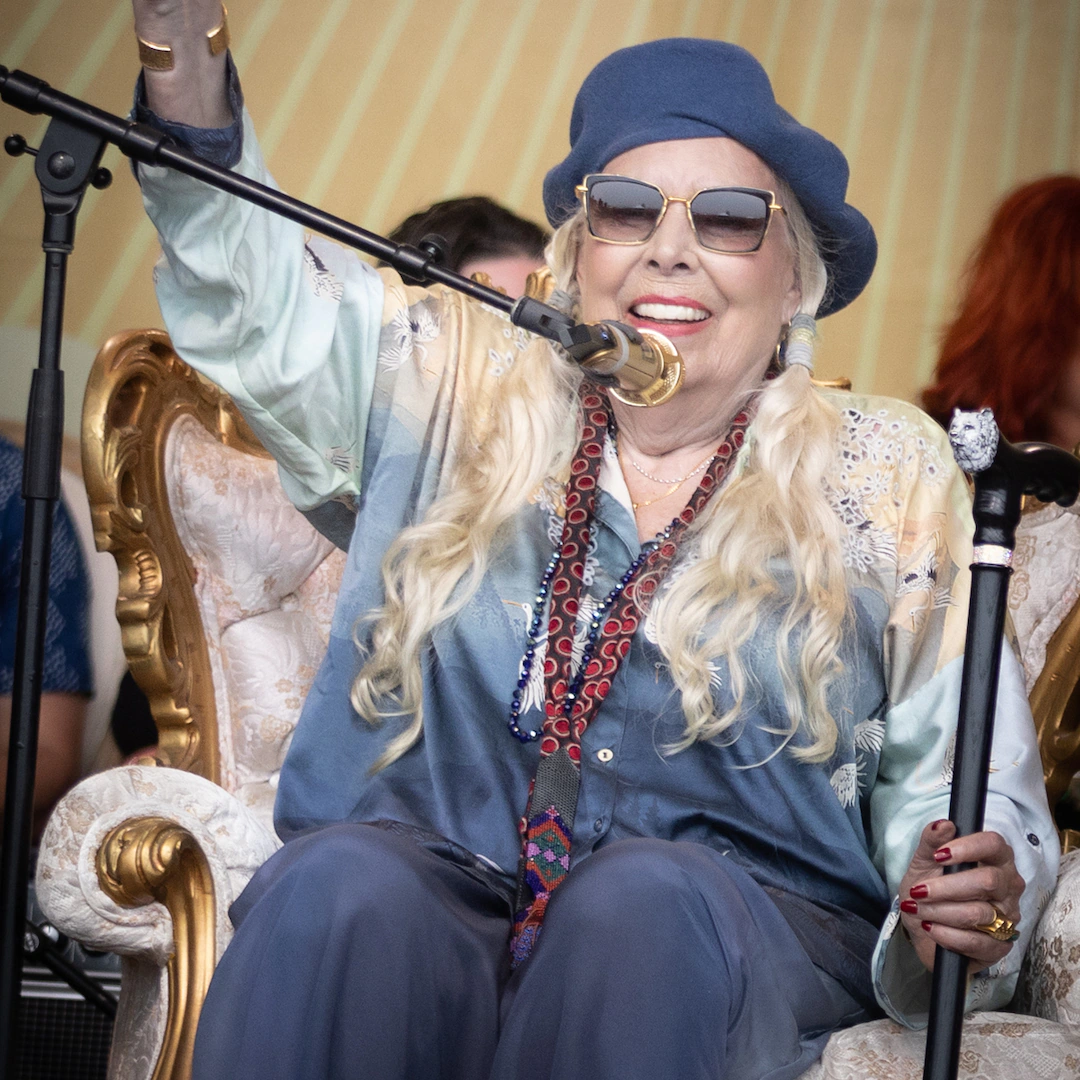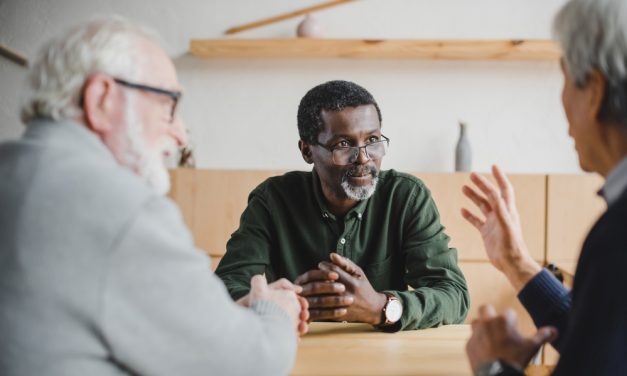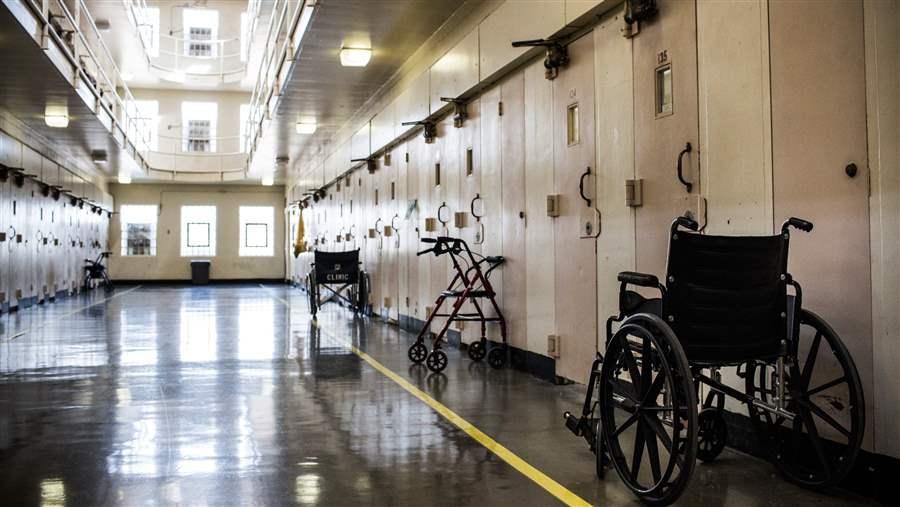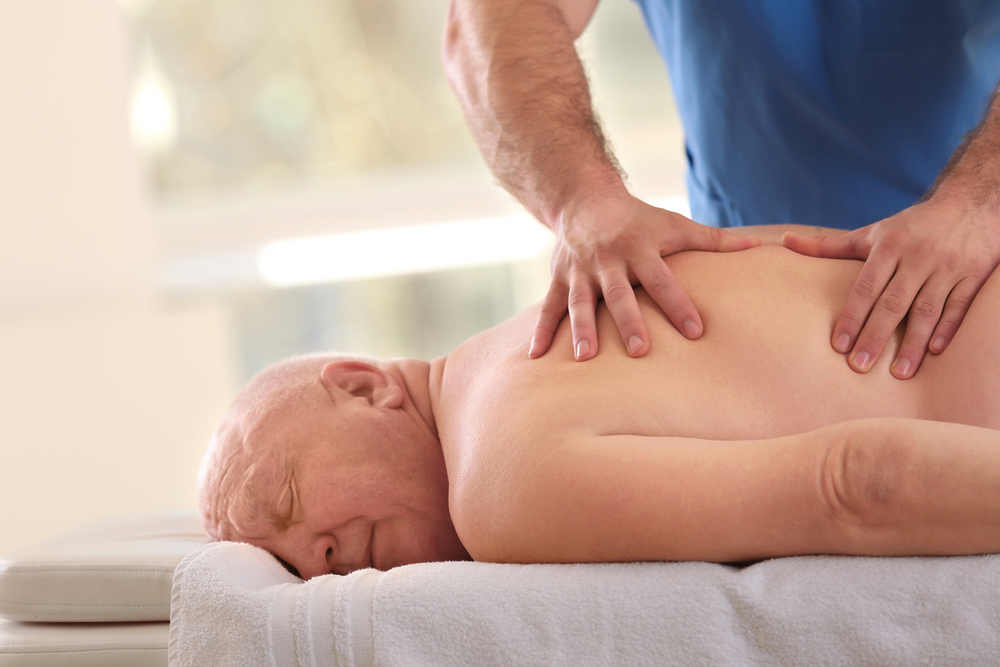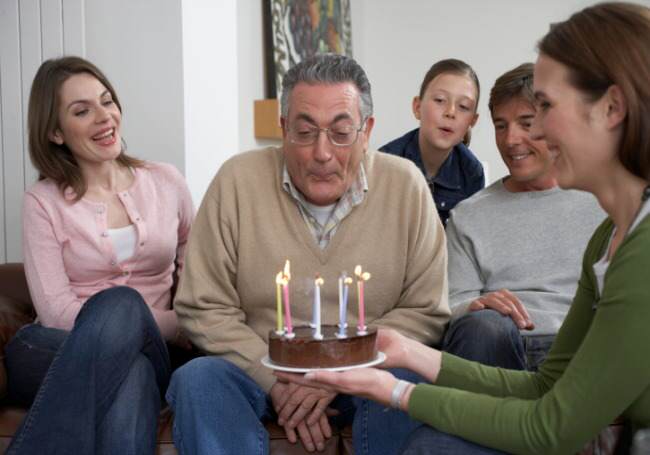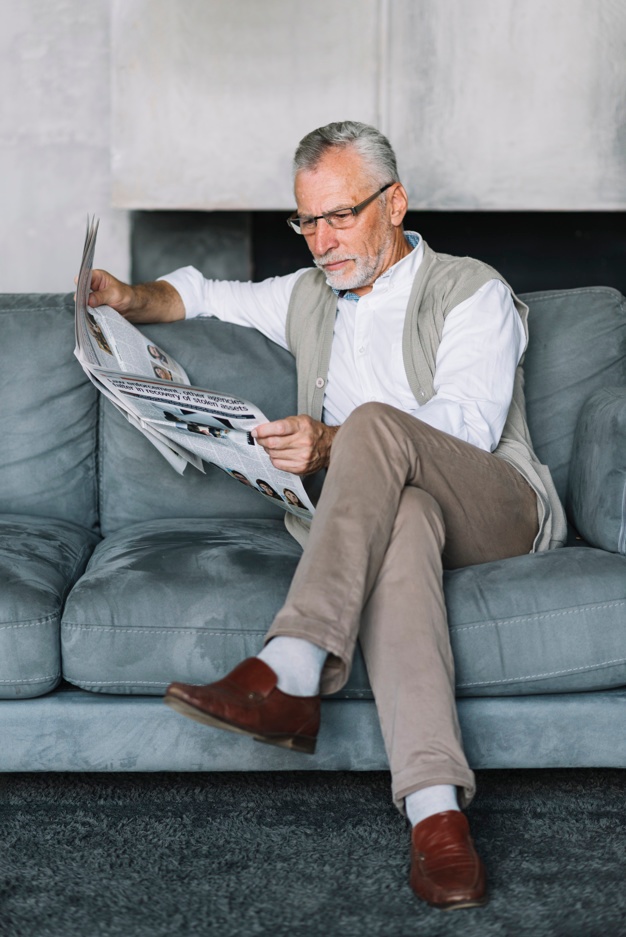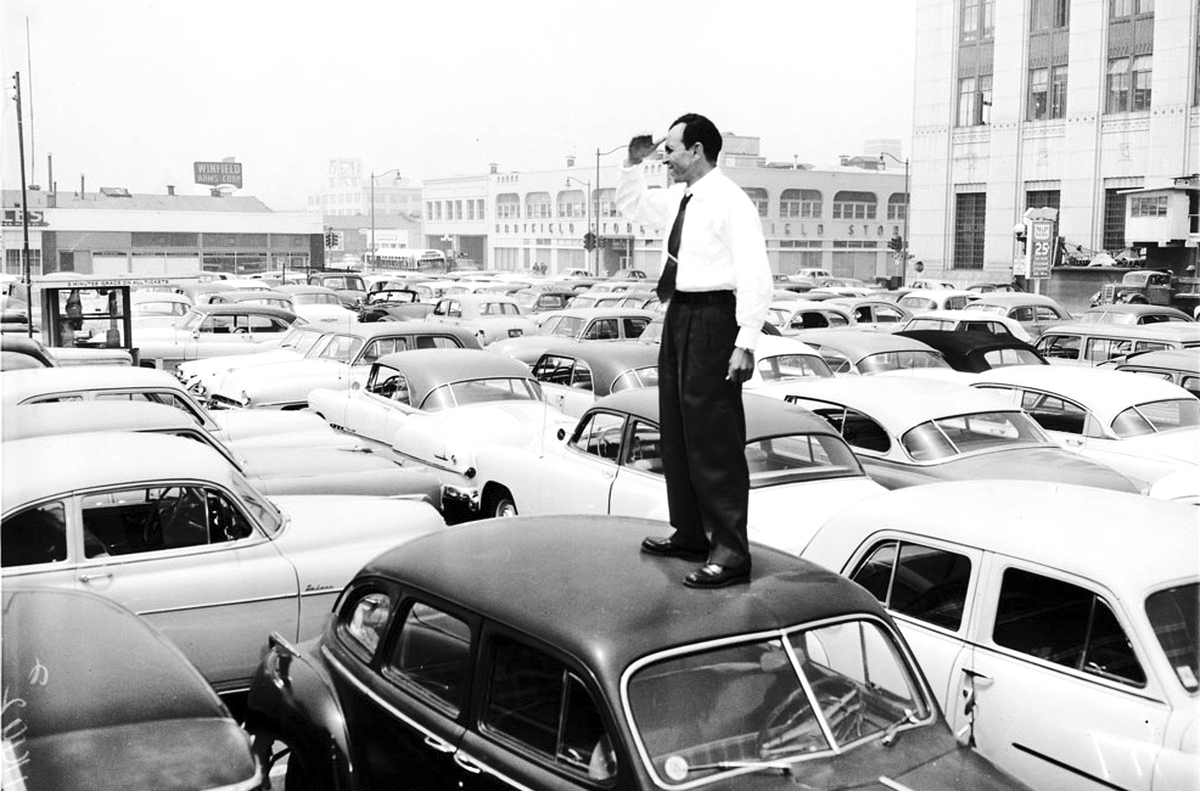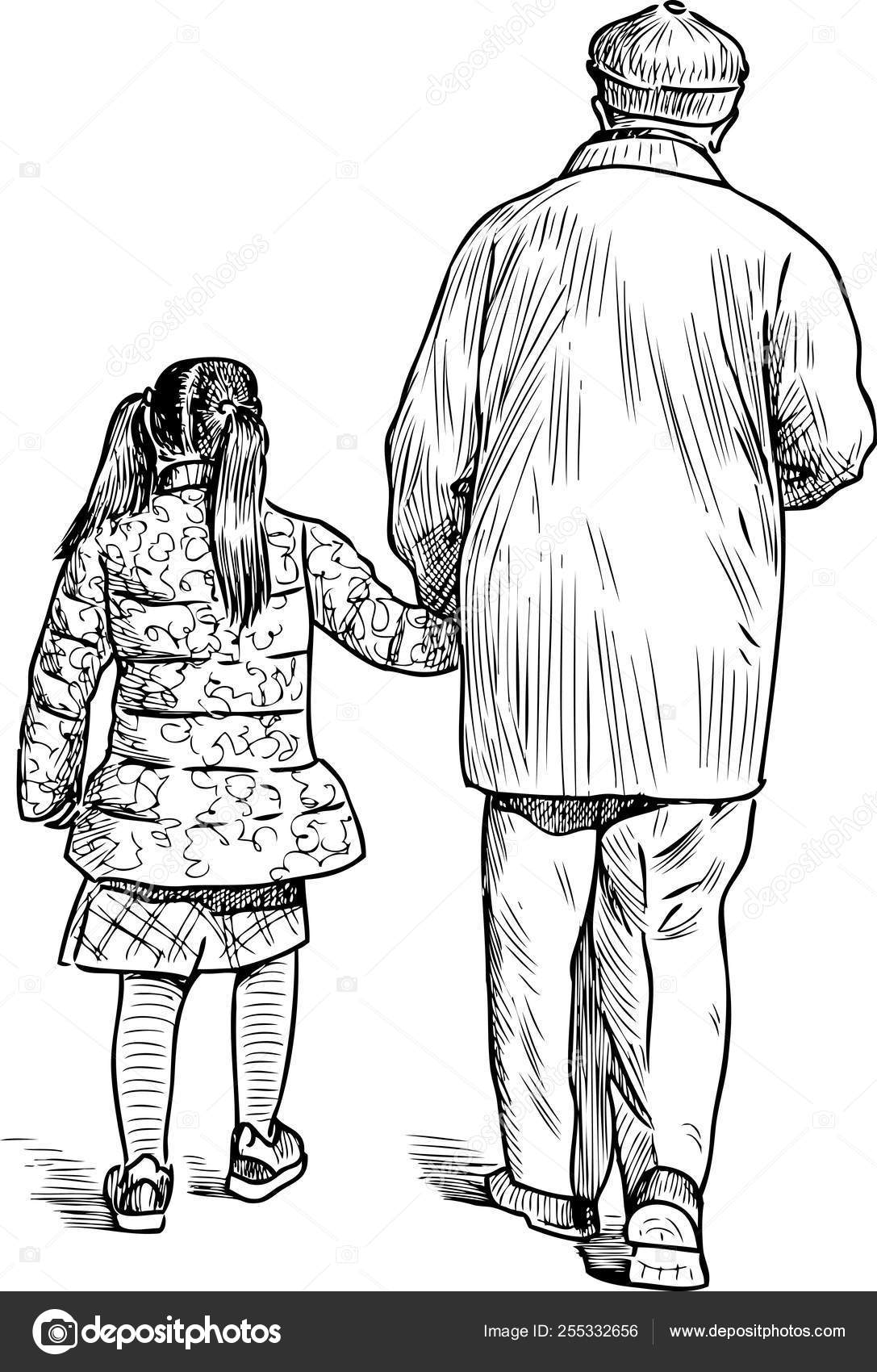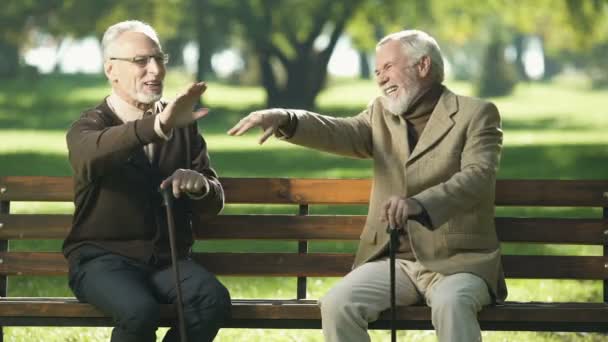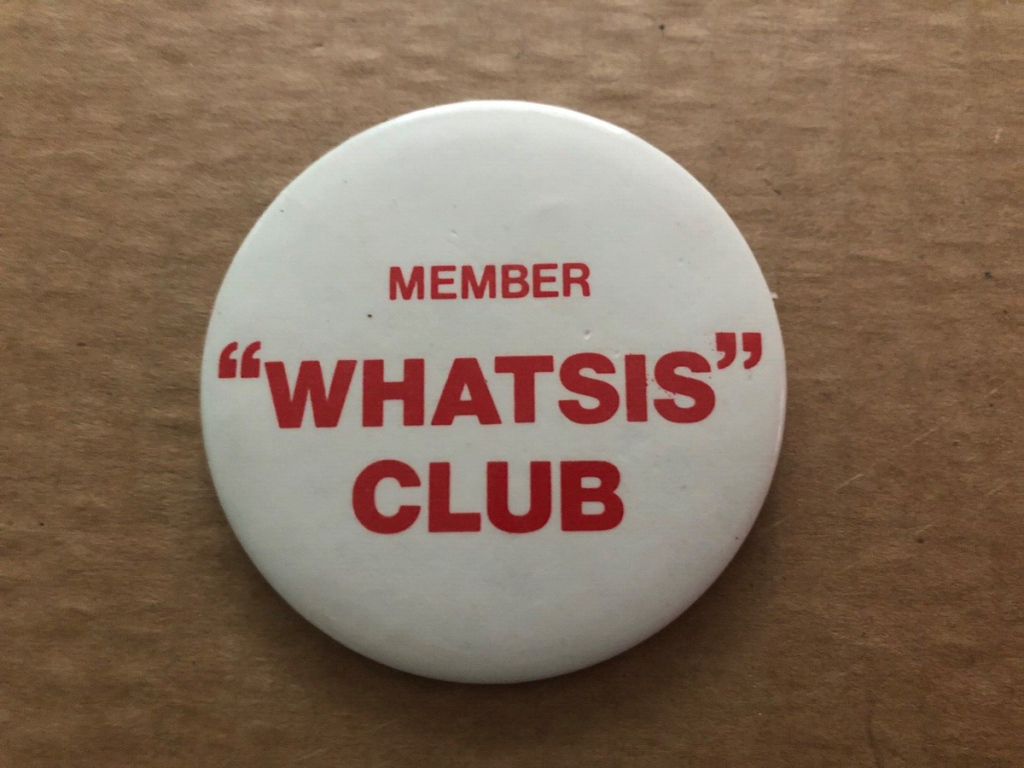
In 1954, when I was 5 years old, I huddled alone with my mother as Hurricane Carol raged around us. We were in a small, rickety fisherman’s shack on the shore of a large lake in New England. I’ve been going back to that lake almost yearly ever since—more than 70 years.
I grew up there, learning about fish, boats and birds, as well as clams and crayfish. Last week, at the lake, I experienced two things for the first time in my life. Who says you can’t teach an old dog new tricks?
The first discovery was because of technology—a new app on my cell phone, Merlin Bird ID.
I always knew there were lots of birds in the woods by that lake, but I never paid attention to identifying them or counting how many varieties. I knew a robin or a crow or a cardinal when I saw one. Until last week, I never knew what I was missing.
This Merlin app listens to and records the surrounding bird sounds, then identifies them all. My jaw dropped when I saw the list of more than 20 different birds singing away nearby: red-shouldered hawk, red-tailed hawk, short-billed dowitcher, blue-headed vireo, purple finch, red-winged blackbird, bank swallow, rock pigeon, common raven, northern cardinal, American crow, American robin, chimney swift, gray catbird, northern mockingbird, song sparrow, American goldfinch, Carolina wren, red-eyed vireo, tufted titmouse and ruby-throated hummingbird. I’ve gone through my whole life not being aware of and not appreciating the birds in that neighborhood. Thank you, tech, for opening that door for me.
As I become more aware as I age, I’ve been noticing things that I’ve just taken for granted my whole life—like when I’m a passenger in a car, not the driver, and I see things for the first time that I’ve driven past thousands of times.
The second discovery last week was because of my not paying attention. I ran out of gas in our small boat out in the middle of the lake. As I heard the engine start to sputter, I knew exactly what it was, and I was knee-jerk pissed off. I castigated myself. For 70 years, I’ve hopped in and out of small boats with outboard motors, and I’d never run out of gas before. First time for everything! Maybe it was the new gas tank with a new gas gauge that I misread?
And then, pretty quickly, my attitude changed. I chuckled to myself. I saw my beautiful surroundings. I wasn’t in any hurry. I had no meetings to get to, and everything else could just wait. I saw this as a new experience to be appreciated.
And I did appreciate it! And I appreciated the more than a mile that I had to row home. I found myself appreciating the wind blowing in the exact direction that I wanted to go. (I might have felt differently if I’d had to row against the current.) Oh, and I appreciated the two oars as well.
Yes, there is loss and change as we age—and there is opportunity to appreciate so many “new” things.
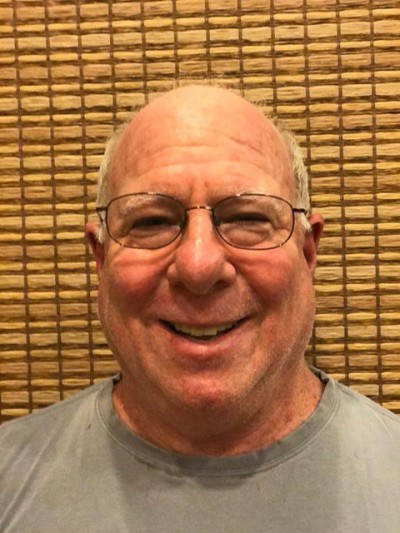
Marc Blesoff was a criminal defense attorney for 35 years, then he began facilitating Conscious Aging workshops, which has helped him melt the armor he’d built up as a defense lawyer. He’s a founding member of Courageus (formerly A Tribe Called Aging), a group of activists and thinkers trying to re-frame our culture’s outlook, policies and fears about aging and dying. Currently, he is the chairperson of the Oak Park, IL Aging-In-Place Commission.

